Science is a process. It follows a method, but it’s all about learning.
And sometimes the best learning comes from mistakes. Everyone makes mistakes, right?
Well last year, scientists at a lab in Hungary had a real OOPS moment.
But after the OOPS comes the learning.
Their hearts were in the right place. At the Research Institute for Fisheries and Aquaculture, they just wanted to try to preserve critically endangered species.
Their focus was the Russian sturgeon, also known as the diamond sturgeon.

Image credit: GlobalP via iStock
As Popular Mechanics explains:
The research team tried to breed more Russian sturgeons via gynogenesis, a type of asexual reproduction in which sperm is necessary but leaves no traces of its DNA behind.
As a result, the offspring ends up with 100 percent maternal DNA (and none from the paternal contributor.)
Easy-peasy, right?
The plan was to use sperm from another endangered species, the American paddlefish.
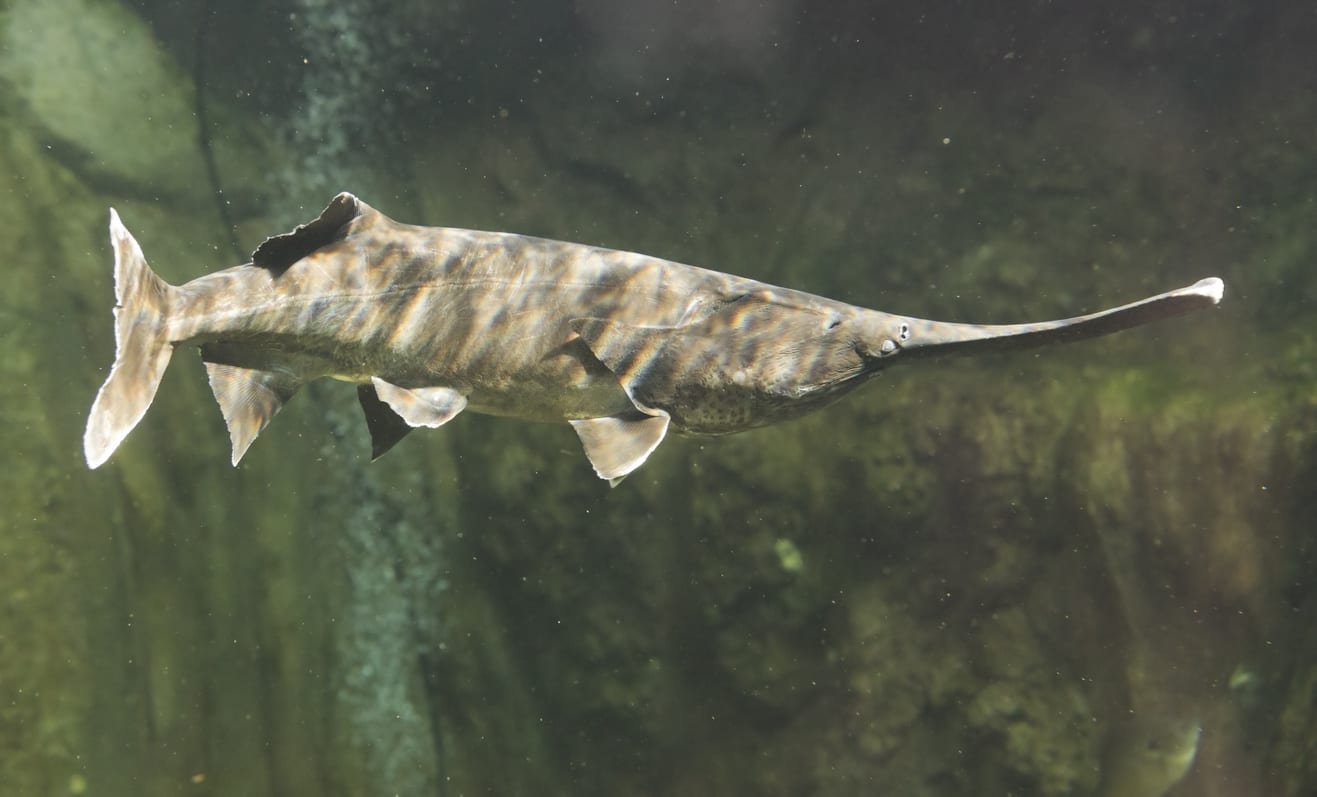
Image credit: tunart via iStock
What came next was completely unexpected.
Instead of merely fertilizing the eggs and then disappearing into the ether, the sperm actually fused with the eggs, creating a hybrid fish, affectionately known as a “sturddlefish.”
Research Institute for Fisheries and Aquaculture in Hungary reported to have created hybrid fish of Russian sturgeons and American paddlefish. It was "accidental" said Attila Mozsár, senior researcher."We never wanted to play around with hybridisation." LiveScience website. pic.twitter.com/MswsVL7vls
— Tom MacSweeney (@TomMacSweeney) July 21, 2020
SCIENCE, am I right?
This new, uninentional hybrid species had some interesting differences.
Again, Popular Mechanics explains:
Some are close to an even 50/50 genetic split between their two parents, but others appear more sturgeon-like while others have stronger paddlefish traits.
The differences include things like what the fish like to eat.
Sturgeons are carnivores. They feast on smaller sea creatures like mollusks and crustaceans.
Paddlefish, however, prefer plankton, which are not exactly vegetables, but are microscopic organisms quite different from the usual sturgeon diet.
Not all of the hatched hybrids survived, but of those that did, some preferred a sturgeon diet and others preferred the plankton.
According to The New York Times about 100 of this new species survived.
And while the accident has proven an interesting one, the team has no intention of creating any more hybrids.
Can't believe I left Earth when I did and missed out on the sturddlefish https://t.co/0PkGfiRO71
— Percy the Mars Rover (@PercyRover) December 17, 2020
Sorry little sturddlefish.
What do you think about this wild story? Are you here for creating weird new animal hybrids? Tell us your thoughts in the comments.
The post Scientists Make Mistakes…and Sometimes They Create New Fish appeared first on UberFacts.

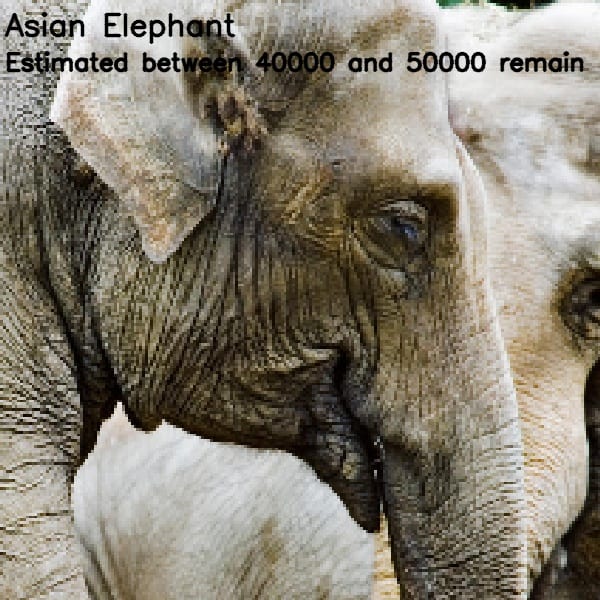


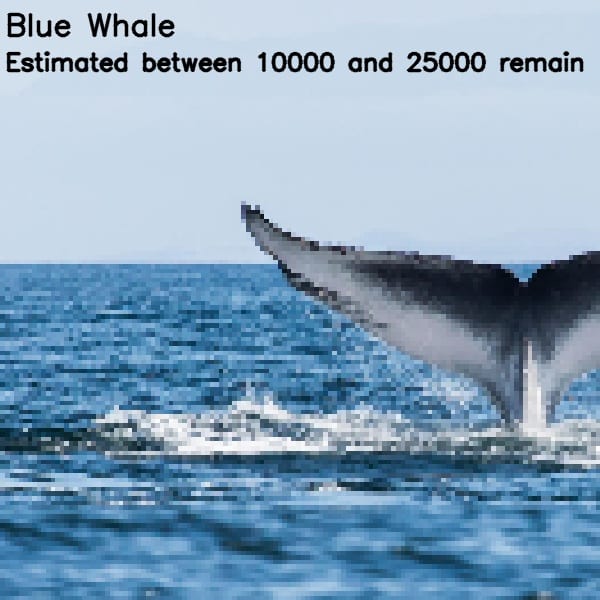


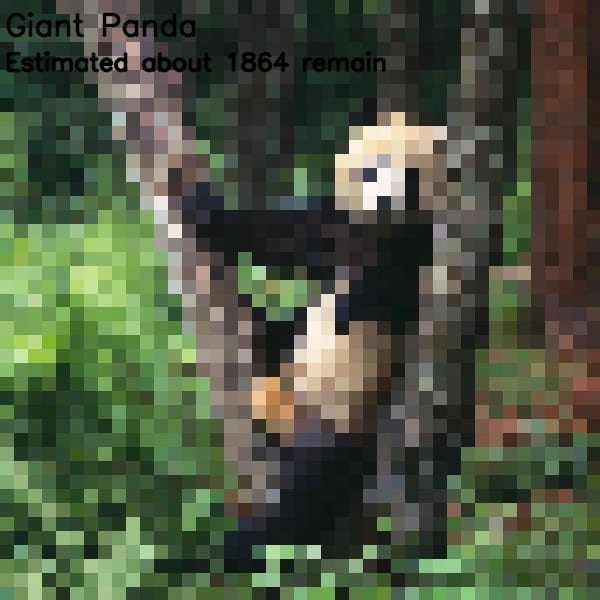
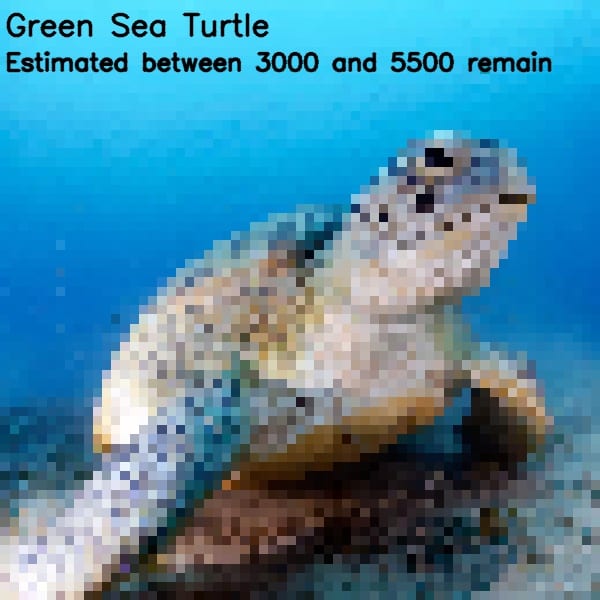

 #krugernationalpark . . . . . . #elephant #elephants #krugerpark #kruger #exploresouthafrica #exploreafrica #wild4photosafaris #womenphotographers #canon #canoneos5dmarkiii #canoneos5d #safari #big5 #animalsofkruger #elephantsofkruger #africanelephant #africanelephants #getoutside
#krugernationalpark . . . . . . #elephant #elephants #krugerpark #kruger #exploresouthafrica #exploreafrica #wild4photosafaris #womenphotographers #canon #canoneos5dmarkiii #canoneos5d #safari #big5 #animalsofkruger #elephantsofkruger #africanelephant #africanelephants #getoutside